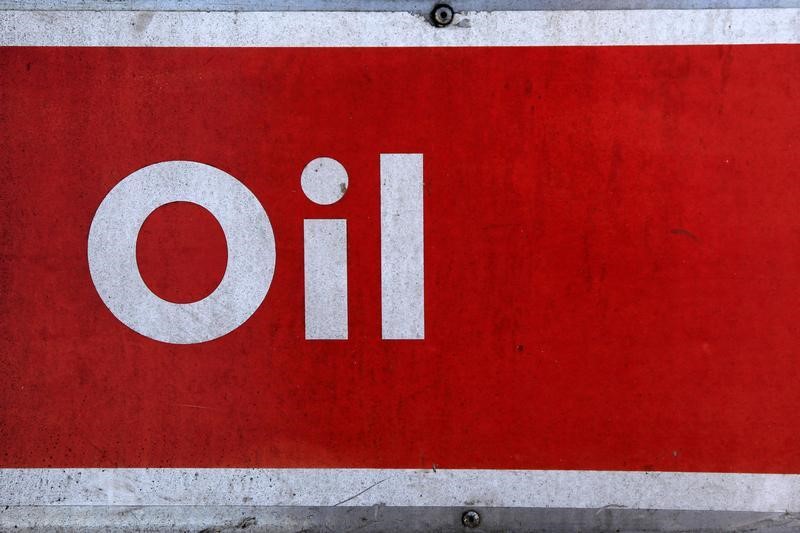Oil Prices Fall as US Crude Stock Build Raises Concerns
Oil Prices Fall on Larger-Than-Expected Jump in Inventories
Oil prices slipped on Thursday after a larger-than-expected jump in inventories raised doubts about the strength of demand in the world’s largest economy and top oil consumer. Futures for Brent crude fell 38 cents, or 0.5%, to $81.22 a barrel at 0837 GMT, while U.S. West Texas Intermediate crude futures declined 43 cents, or 0.6%, to $76.21 a barrel.
Rise in US Crude Inventories Pressures Oil Prices
Both contracts lost more than $1 a barrel on Wednesday, pressured by the rise in U.S. crude inventories, as refining dropped to its lowest levels since December 2022. The Energy Information Administration (EIA) reported that U.S. crude inventories jumped by 12 million barrels to 439.5 million barrels in the week to Feb. 9, far exceeding analysts’ expectations in a Reuters poll for a 2.6 million-barrel rise.
Impact of Lower Refinery Utilisation Rates on Stock Build
While the stock build made traders question demand, some analysts said it was largely driven by lower refinery utilization rates, especially as BP’s 435,000 barrels per day Whiting plant in Indiana is shut. Lower refinery run rates meant that gasoline stocks declined, according to the analysts.
Review of Oil Production by Kazakhstan and Iraq
On the supply side, Kazakhstan said it will compensate for its oil overproduction in January within the next four months, in line with its OPEC+ commitments. Iraq also said it will review its production and address any excess output above its OPEC+ voluntary cuts in the coming four months, if found.
Outlook for OPEC+ Meeting and Output Curbs
ANZ analysts in a note on Thursday looked ahead to the March meeting of the Organization of the Petroleum Exporting Countries when the group and allies (OPEC+) will decide whether to extend output curbs. “Any signs that extension looks unlikely would weigh on sentiment across the oil market,” their note said.
Impact of Larger-Than-Expected Crude Supplies
Offsetting the larger-than-expected crude supplies, the EIA data showed that gasoline and distillate stocks fell more than forecast. Fuel demand is holding steady, supported by a return to pre-COVID-19 levels of air travel, according to JPMorgan analysts.
JPMorgan Analysts’ Outlook on Oil Demand
“Our high frequency demand indicators are showing oil demand increasing by 1.6 mbd (barrels per day) in the first two weeks of February vs. January,” JPMorgan Commodities Research analysts said in a note, pointing to a pick-up in travel in China during the Lunar New Year holiday.



